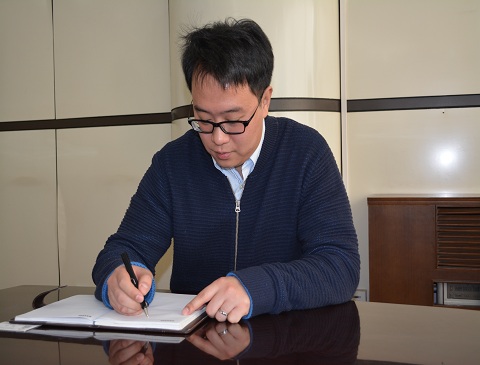The UK’s Department of Energy and Climate Change (DECC) has published its consultation document for the comprehensive review of solar feed-in tariffs. After weeks of speculation surrounding the UK government’s support for solar power, the new proposed rates and the timeline within which they will be implemented have finally been outlined.
As was widely expected, DECC has proposed to cut the feed-in tariff (FiT) rate for solar PV by more than 50%. The proposals, which are subject to consultation, would introduce a new tariff for schemes up to 4kW in size of 21p/kWh – down from the current 43.3p/kWh. Reduced rates are also proposed for schemes between 4kW and 250kW.
The move to cut FiT rates by such an amount was highly anticipated after the climate change and energy minister Greg Barker last week explained how the UK industry is growing faster than the budget will allow.
“My priority is to put the solar industry on a firm footing so that it can remain a successful and prosperous part of the green economy, and so that it doesn’t fall victim to boom and bust,” he explained.
“The plummeting costs of solar means we’ve got no option but to act so that we stay within budget and not threaten the whole viability of the FiTs scheme. Although I fully realise that adjusting to the new lower tariffs will be a big challenge for many firms, it won’t come as a surprise to many in the solar industry who’ve themselves acknowledged the big fall in costs and the big increase in their rate of return over the past year.”
Barker also outlined that while changes would not go through in December – as was recently feared – the new proposed tariffs would apply to all new solar PV installations with an eligibility date on or after December 12, 2011. These installations would receive the current tariff rates before moving to the lower tariffs on April 1, 2012.
DECC reiterates that consumers who already receive FiT payments will not be subject to change, and those with an eligibility date on or before 12 December will receive the current, higher rates for 25 years.
The eligibility date of a project is based on it being commissioned and having its request for accreditation received by a FiT licensee for schemes up to 50kW or Ofgem for those above 50kW.
DECC maintains that the proposed new tariffs will offer a rate of return of around 4.5% to 5% index linked and tax free (for domestic installations) for “well-situated solar PV – broadly comparable to that intended when the scheme was set up.”
DECC’s consultation also proposes:
A new energy efficiency requirement that would mean from 1 April 2012 a property would have to reach a certain level of energy efficiency to receive the proposed new tariff rates. This could include reaching an Energy Performance Certificate level of C or taking up all the measures potentially eligible for Green Deal finance, depending on the outcome of the consultation. As a transitional arrangement, installations with eligibility dates between 1 April 2012 and 31 March 2013 would have 12 months from the eligibility date to comply with the energy efficiency requirement.
New multi-installation tariff rates for aggregated solar PV schemes, i.e. where a single individual or organisation owns or receives FITs payments from more than one PV installation, located on different sites. The new tariff rates would apply to all new PV installations that are part of an aggregated PV scheme and have an eligibility date on or after 1 April 2012. The new tariffs are set at 80% of the standard tariffs for individual installations.
Considering whether more could be done to enable genuine community projects to be able to fully benefit from FiT and whether, for example, a definition of community scheme is required and if so, how this should be defined.
The proposed FiT cuts follow the reduction of larger-scale solar incentives, which were implemented on August 1 this year. The comprehensive review consultation is due to close on December 23, 2011.
- UK looks set for 50% feed-in tariff cuts2011-11-03
- UK looks set for 50% feed-in tariff cuts2011-11-01
- ACT small-scale feed-in tariff is revived2011-07-05
- 第九届中国(无锡)国际新能源大会
-
 本届新能源大会以“新城镇、新能源、新生活”为主题,举办2017全球新能源产业峰会及“光伏+”跨界、绿色建筑、分布式市场营销等10场专业论坛,国家能源局新能源和可再生能源司...
本届新能源大会以“新城镇、新能源、新生活”为主题,举办2017全球新能源产业峰会及“光伏+”跨界、绿色建筑、分布式市场营销等10场专业论坛,国家能源局新能源和可再生能源司...














